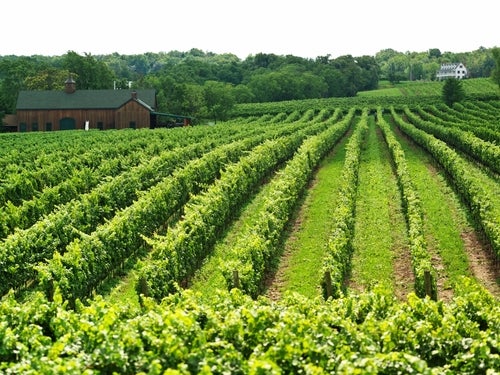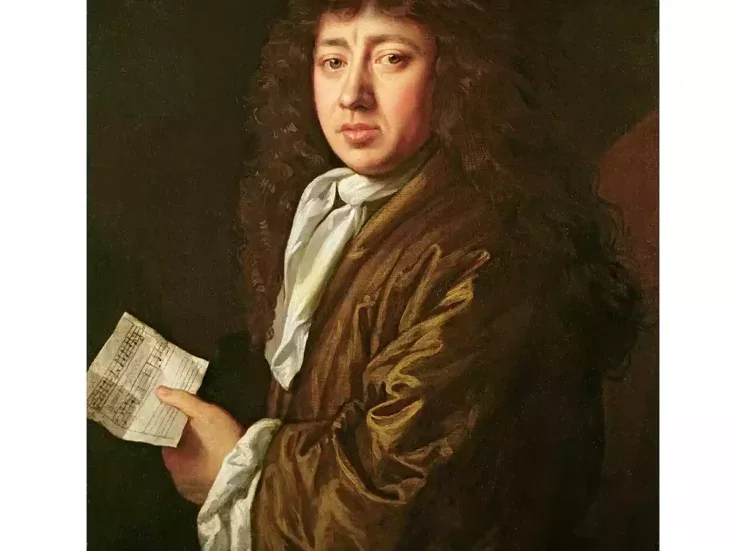
The Oxford Companion to Wine ventures a trenchant opinion on the quality of wine possible from “the dull Colombard grape” (big in the Charentes for Cognac and farther south, where it makes Vin de Pays des Côtes de Gascogne; bigger in California as French Colombard). “Pleasantly lively innocuousness” is attainable, it proclaims, but “it would take some sorcery to transform Colombard into an exciting wine.” I don’t know if any examples from California or Gascony might challenge this somewhat depressing picture. Certainly, until the past few years, South Africa—where Colombard is the third most planted grape, used for brandy and, yes, many vaguely pleasant and innocuous (and worse) wines—couldn’t have claimed any more.
A defining characteristic of the Cape wine revolution, however, has been trawling through trash and discovering treasure. (If I weren’t already uncomfortably close to excessive alliteration, I could add “triumphant” somewhere there.) I’ll return to Colombard in this connection but must note that the trash-and-treasure metaphor is almost the defining trope for the Cape’s exhilarating wine adventure of the past few decades.
It’s obviously relevant to Chenin Blanc. Just 20 years ago (when metropolitan sniffs at the idea of “exciting” Chenin coming from anywhere other than the Loire would have been derisively loud), the overwhelming proportion of fruit supplying the Chenins and associated white blends that now attract widespread praise would have been blended into pleasant-enough innocuousness in million-liter tanks by cooperative wineries and the big merchants. Since when, older vineyards especially —planted in the 1960s and ’70s for cool-fermented, fruitily off-dry white wines—have been sought out by a rash of ambitious young winemakers. Many of the best of their wines come off hot, dry, scrubby slopes, far from the grander corners of Cape viticulture, planted with low-yielding, unirrigated bush vines. Crucially, care of the vines has now improved greatly—partly because farmers are sufficiently well paid for their fruit to justify more vineyard work, and partly because the best of the winemakers are increasingly fully involved.
Chenin Blanc was South Africa’s workhorse variety in the second half of the 20th century—a time when, for various reasons, quality was severely subordinated to quantity. Its equivalent in the first half of the century was Cinsault. The latter’s reemergence in recent decades, on a tinier scale and in a very different role, resulted partly from the realization by new-wave winemakers that Cinsault had once been significant in some great red blends (newly discovered by a vibrant wine culture increasingly alert to the local, including local tradition). That, together with an interest in lighter reds, again prompted a search for forgotten vineyards planted with the once-scorned grape.
I remember my first visit, not many years back, with Andrea and Chris Mullineux and viticulturist Rosa Kruger (a dynamic force behind the old vines renaissance), to a vineyard that Rosa had found in unglamorous Wellington—approaching 90 years of age, the oldest black-grape vineyard in the country. Cars and trucks whizzed past this neglected patch of scruffy Cinsault vines (with nearly as many gaps as plants). The newly and expensively pampered vineyard now looks greatly happier (the traffic still whizzes past, uncaring) and feeds Leeu Passant’s excellent Dry Red Wine—its name and composition a tribute to the past—and stars solo in the occasional Basson Cinsault (named for the farmer), one of the most characterful, and even powerful, vindications of Cape Cinsault.
New respect
Colombard is admittedly unlikely to emulate the glories of Chenin Blanc, or even of Cinsault. (Inherent grape quality is, ultimately limiting, and Cinsault’s finest role is arguably going to be supporting characteristically South African red blends.) But the success of a swelling handful of Colombards in recent years does suggest that it could contribute usefully to the roster of really good wines. Even some of the more old-fashioned and modestly off-dry examples have shown the capacity to develop a good few years in bottle, partly thanks to a firm natural acidity.
The finest of the new wave is probably Lowerland’s Vaalkameel—named, in Afrikaans, for the gray camel thorn tree. It adds to its unlikelihood by coming, unprecedentedly, from a wine area delimited as Prieska, on the hot, irrigated banks of the Orange River, far, far north of Stellenbosch or even the Swartland.
Farmer Bertie Coetzee spent ten years as lead singer of a rock band but returned, in 2013, to his roots (and those of his vines) on the family farm, which he soon converted to organic. He realized that his winemaking skills—and the reputation of Prieska—were insufficient for his ambitions, so he cool-trucked portions of his grapes south, where they are vinified by a few young stars. The Colombard (and the Tolbos Tannat) has been made since the 2017 vintage by Lukas van Loggerenberg—who happily describes the smell of his cellar when the Colombard is being pressed as “like an apple orchard in harvest time.”
If a despised grape from a despised viticultural area can produce a truly lovely, fruit-filled but fresh and flinty wine like this (damn—the subject is fraught with alliteration), then it’s worth wondering what next will be new out of Africa.






